The Vermont Statutes Online
The Statutes below include the actions of the 2025 session of the General Assembly.
NOTE: The Vermont Statutes Online is an unofficial copy of the Vermont Statutes Annotated that is provided as a convenience.
Title 18 : Health
Chapter 121 : Cemeteries
Subchapter 001 : GENERAL PROVISIONS
(Cite as: 18 V.S.A. § 5302)-
§ 5302. Definitions
As used in this chapter and unless otherwise required by the context:
(1) “Agencies” means town cemeteries; religious or ecclesiastical society cemeteries; cemetery associations; and any person, firm, corporation, or unincorporated association engaged in the business of a cemetery.
(2) “Cemetery” means any plot of ground used or intended to be used for the burial or permanent disposition of the remains of the human dead in a grave, a mausoleum, a columbarium, a vault, or other receptacle.
(3) “Cemetery association” means any corporation now or hereafter organized that is or shall be authorized by its articles to conduct the business of a cemetery.
(4) “Columbarium” means a structure or room or other space in a building or structure of durable and lasting fireproof construction, containing niches, used or intended to be used, to contain the permanent disposition of human remains.
(5) “Community mausoleum” means a structure or building of durable and lasting construction used or intended to be used for the permanent disposition of the remains of deceased persons in crypts or spaces, provided such crypts or spaces are available to or may be obtained by individuals or the public for a price in money or its equivalent.
(6) “Cremated remains” means remains of a deceased person after incineration in a disposition facility.
(7) “Cremation” means the reducing of the remains of deceased persons, by the use of retorts, to cremated remains and the disposal thereof in a columbarium, niche, mausoleum, grave, or in any other manner not contrary to law.
(8) “Crypt” means the chamber in a mausoleum of sufficient size to contain the remains of deceased persons.
(9) “Disposition facility” means a building or structure for the reducing of human remains by means of cremation, alkaline hydrolysis, or natural organic reduction.
(10) “Ecological land management practices” means utilization of land stewardship decision-making processes that account for the best available understanding of ecosystem functions and biological diversity.
(11) “Natural burial ground” means a cemetery maintained using ecological land management practices and without the use of vaults for the burial of unembalmed human remains or human remains embalmed using nontoxic embalming fluids and that rest in either no burial container or in a nontoxic, nonhazardous, plant-derived burial container or shroud.
(12) “Natural organic reduction” means the contained, accelerated conversion of human remains to soil.
(13) “Niche” means a recess in a columbarium used, or intended to be used, for the permanent disposition of human remains of one or more deceased persons.
(14) “Temporary receiving vault” means a vault or crypt in a structure of durable and lasting construction used, or intended to be used, for the temporary deposit of the remains of a deceased person for a period of time not exceeding one year. (Amended 2015, No. 24, § 1; 2017, No. 113 (Adj. Sess.), § 94; 2021, No. 169 (Adj. Sess.), § 8, eff. January 1, 2023.)

